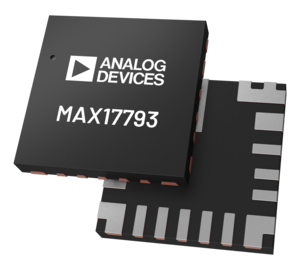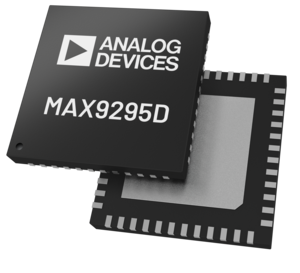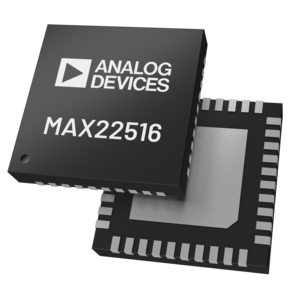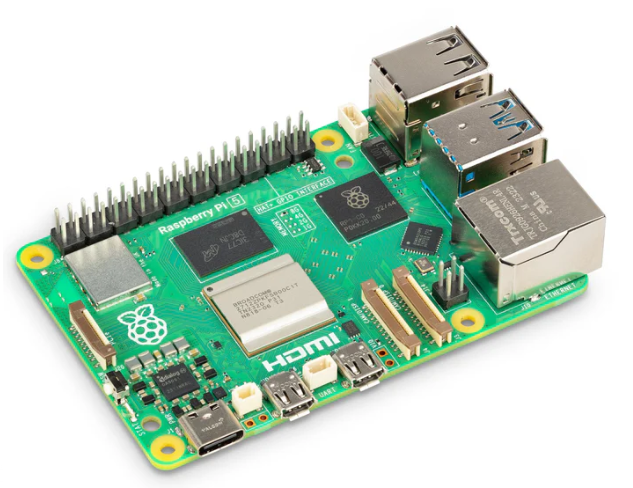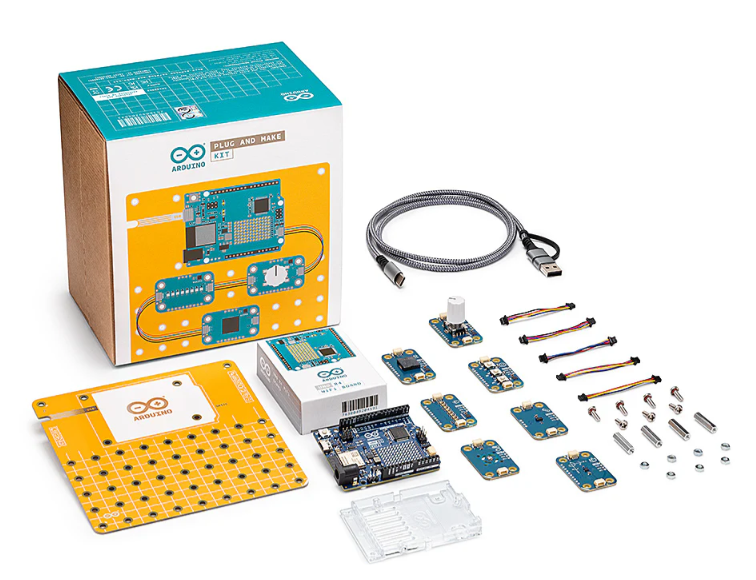 Industries
Industries
Surgical tools are made smaller with origami
Brigham Young University mechanical engineering professors Larry Howell and Spencer Magleby have applied the principles of origami to engineering. Now they're applying origami skills to a new realm: the human body. The duo, along with professor Brian Jensen and their students, are working toward surgical technology that will allow for the manufacturing of instruments so small that the size of incisions necessary to accommodate the tools can heal ...
Increasing ESD protection and signal processing performance
The portfolio of radiation tolerant multiplexers from Intersil Corporation has been expanded with the release of two new, single supply 5V devices. The 16-channel ISL71830SEH and 32-channel ISL71831SEH multiplexers join Intersil’s 30V multiplexers, which have been onboard many satellite and space exploration missions, including NASA’s Orion spacecraft flight test.
1100W medical power supply designed for direct patient contact
TRUMPower has launched an addition to its AC/DC switching power supply line-up with the TM1100 series which is comprehensively approved to industrial and medical standards. The series operates at altitudes up to 5000m over a universal input range of 90 to 264VAC and is a compact, enclosed design measuring 5.91x9.25x2.4”.
Flexible high-speed data networking provided for space applications
Microsemi Corporation and STAR-Dundee have announced their collaboration to provide SpaceWire and SpaceFibre network technology using Microsemi's RTG4(TM) high-speed signal processing radiation-tolerant FPGAs. STAR-Dundee specialises in supporting users and developers of SpaceWire and SpaceFibre, which are data-handling networks for onboard satellites and spacecraft.
The making of a 3D printed rehabilitation orthosis
Medical 3D printing has many applications in various fields. In orthotics, industrial 3D printers are used to manufacture custom-sized orthoses, braces as well as prosthesis and parts for powered exoskeletons. First two helps patients with broken bones while the latter are used for amputees. By Marcin Traczyk, ZMorph.
Unorthodox unmanned aircraft could push the limits of technology
For decades, aircraft designers seeking to improve Vertical Takeoff and Landing (VTOL) capabilities have endured a substantial set of interrelated challenges. Dozens of attempts have been made to increase top speed without sacrificing range, efficiency or the ability to do useful work, with each effort struggling or failing in one way or another.
Chemotherapy drug directed to tumour site through nanoparticles
The overall five-year survival rate for people with pancreatic cancer is just 6%, and there is an urgent need for new treatment options. More than 80% of pancreatic cancer diagnoses occur too late for surgery, making chemotherapy the only possible treatment. Scientists from the California NanoSystems Institute at UCLA and UCLA's Jonsson Comprehensive Cancer Center have developed a delivery system for one chemotherapy drug that greatly reduces the...
750VDC input, railway quality DC/DC converters deliver 3kW
The HVI 3KR-3U4 series of high input voltage, railway quality DC/DC converters deliver up to 3kW output power. The units accept 750VDC input (525V to 975Vdc range), the traction voltage required for mass transit vehicles and mining locomotives. Output voltages include 24, 36, 48V or 110VDC. The series is designed to meet EN50155 for electronic equipment used on railway rolling stock.
PCB mount 5W power supply meets medical standards
Available in either an encapsulated or open frame mechanical format, the EME05 series of ultra-compact, single output, 5W AC/DC power supplies have been unveiled by XP Power. Claimed by the manufacturer to be one of the smallest 5W supplies on the market, the EME05 measures just 35.6x23.7x17.6mm, taking up minimal space in the end application.
World's longest non-stop flight has been achieved
Emirates has launched its first non-stop service between Dubai and Auckland, one of the world’s longest scheduled flights, bringing 39 European destinations and another 38 in Africa and the Middle East within just one stop of New Zealand. And to celebrate the milestone, the first service was operated with a double-decker A380 rather than the Boeing 777-200LR that will regularly fly the route.



